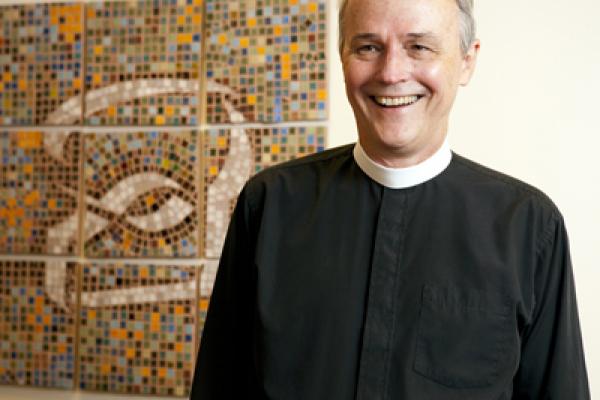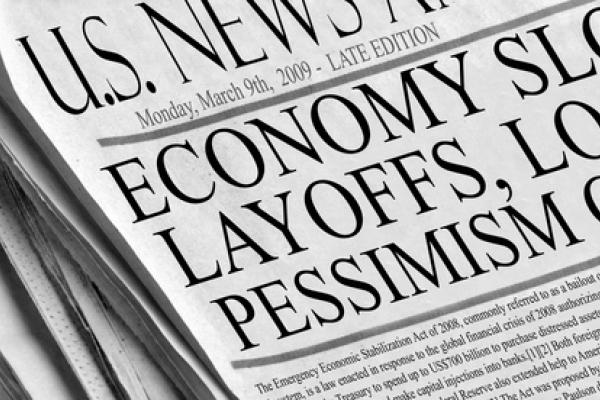“For I was hungry and you gave me food, I was thirsty and you gave me drink, I was a stranger and you welcomed me.”
WASHINGTON — This passage from the Gospel of Matthew inviting us to welcome strangers into our midst could not be more salient than it is now, as our lawmakers embark on the long-awaited debate over immigration reform.
Senate hearings recently began after both President Obama and Sen. Marco Rubio of Florida made a strong call for comprehensive immigration reform during and after the State of the Union address. Their statements were encouraging, but lawmakers have their work cut out for them in the coming months — and millions of lives depend on reform.
Here’s the missing piece: Any discussion of immigration reform must recognize the international causes that drive unauthorized migration to the United States: hunger, poverty, lack of economic opportunity and inequality. Without addressing the root causes, the numbers of unauthorized immigrants in the United States will continue to rise.
Current events, like much about our lives, frequently leave us hopeless, fearful, and uncertain. Religious faith isn’t a matter of wishing away these experiences; it involves perceiving God in the midst of our hardships.
I still remember one Friday night when I, an overly sensitive preteen, made a conscious decision to stop watching the nightly news with the rest of my family. I found what I saw too depressing and threatening: crime after crime, yet another house fire, economic challenges, too much Cold War.
I don’t recall how old I was when I mustered the willpower to face the news again on a regular basis. But a quick scan of the latest headlines makes me wonder why I still subject myself to it: the imminent and potentially crippling sequester, American drones flying in and out of Niger, Iran’s growing nuclear capability, recurring bloodshed in Syria. Maybe I had it easier back in middle school.
Life inside a bubble can feel complete, even dynamic, as the bubble’s surface shimmers and yet retains form.
When the surface is breached, the bubble collapses immediately, shattering into a liquid spray faster than a metal object can fall through where it used to be. What looked like a permanent structure is, in fact, uncertain and quickly lost.
We saw a ”tech bubble” burst 13 years ago. What had seemed durable and laden with value turned out to be vapor. The “housing bubble” came next. Some think another “tech bubble” is about to burst.
The bubble I see bursting is establishment Christianity in America. It is bursting ever so slowly, even as millions of people still find life, meaning, safety, and structure inside. But one failing congregation at a time, the surface of shimmering shape is being breached.
Mary Sanchez, op-ed writer for the Kansas City Star, offers in her column something many of us probably didn’t know:
“There’s a little-known fact about guns in America, and it’s one that the firearms industry and its political allies don’t like to dwell on: The rate of gun ownership in America is declining.
“This has been the case for decades. Rates peaked way back in the 1970s, the era of disco balls and bell bottoms. In 1977, 54 percent of American households reported owning guns. In 2010, the last time the General Social Survey data was compiled, the percentage had shrunk to 32.”
Sanchez concludes that the strong opposition to anti-gun violence measures is driven more by the need of gun manufacturers to sustain their market than it is about the Second Amendment.


